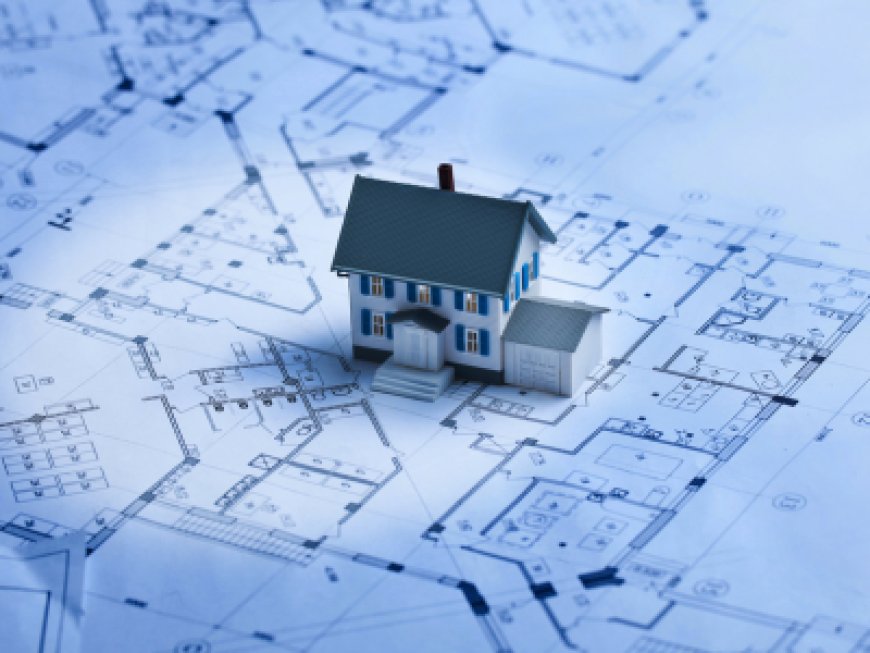What can BIM Tool do for Your Business
3D building design is frequently linked with Building Information Modeling (BIM), which contains much more. BIM shines when virtual geometric representations of buildings combined with comprehensive data are used. This idea extends beyond the three physical dimensions and can incorporate data related to maintenance, energy performance, building operation parameters, project timing, cost predictions, and actual expenses.
Although MEP BIM design services were initially developed as a design tool, they can handle various construction and building operations tasks. BIM depicts projects accurately, so it may also be used in business management. Developers, for instance, can include sophisticated architectural models in their application paperwork. A building can be marketed to prospective renters and buyers before construction starts.
What is BIM and How Does it Work?
BIM is a digital design and technology that allows the construction and operation of a comprehensive three-dimensional (3D) construction or infrastructure project model. All parties participating in the project can access and share this model, which includes extensive information about the project's design, construction, and maintenance requirements.
Shared data and information enable owners, contractors, engineers, and architects to work together productively. This eliminates the requirement for numerous, disjointed data sources, which can cause mistakes, delays, and inefficiencies.
How can BIM Help Revolutionize the AEC Industry?
Improved Design and Planning
MEP BIM design services facilitate better design and planning. It enables architects and designers to produce highly accurate and detailed models of infrastructure and structures. BIM models can also simulate several design possibilities to help stakeholders select the best choice for their needs.
Improved Teamwork and Communication
All parties involved in the design and building operation, including designers, architects, contractors, and landlords, can exchange BIM models. This guarantees everyone is on the same page and following the same goals, enabling improved collaboration and communication.
Increased Efficiency
Using BIM to find and fix such problems before construction starts can prevent delays and expensive rework. This guarantees that projects are finished on schedule and under budget while saving time and money.
Increased Safety
During the design and construction phases, safety precautions can be taken, and possible safety concerns can be identified using MEP BIM design services. This can decrease the likelihood of mishaps and injuries on building sites.
Improved Quality Control
BIM can ensure the highest quality standards in building and infrastructure construction. Through virtual testing and simulations of various design scenarios, stakeholders can detect possible problems before construction starts and implement fixes to enhance quality.
Better Asset Management
Assets can be tracked and controlled using BIM at every step of their lifecycle, from design to construction to maintenance and replacement. By accomplishing this, you can make sure that resources are being used effectively and efficiently and that they are being sufficiently maintained.
Better Cost Control
BIM 360 lets stakeholders track project costs more efficiently and produce more accurate estimates. This can lessen the chance of cost overruns and guarantee that projects are finished under budget.
Enhanced Marketing
BIM can produce incredibly accurate and detailed renderings of infrastructure and buildings. These renderings can be included in marketing materials to attract potential investors and buyers. By providing stakeholders with a more precise idea of the ultimate product's appearance, these visualizations can help projects come to life.
Improved Sustainability
BIM 360 can assess a structure's environmental effects and find opportunities to lower energy use and increase sustainability. It can assist in analyzing building systems and recommend energy-efficient substitutes to lessen reliance on the grid.
Final Takeaway
Construction professionals are seen as competent when they use MEP BIM design services for their projects. This provides project certainty, which benefits sales, leasing, and financing. Additionally, BIM simplifies correspondence because 2D designs and their details can be complicated, leading to more mistakes and misunderstandings. Thus, using BIM streamlines the process and improves project outcomes.


 ricardoperry
ricardoperry 










